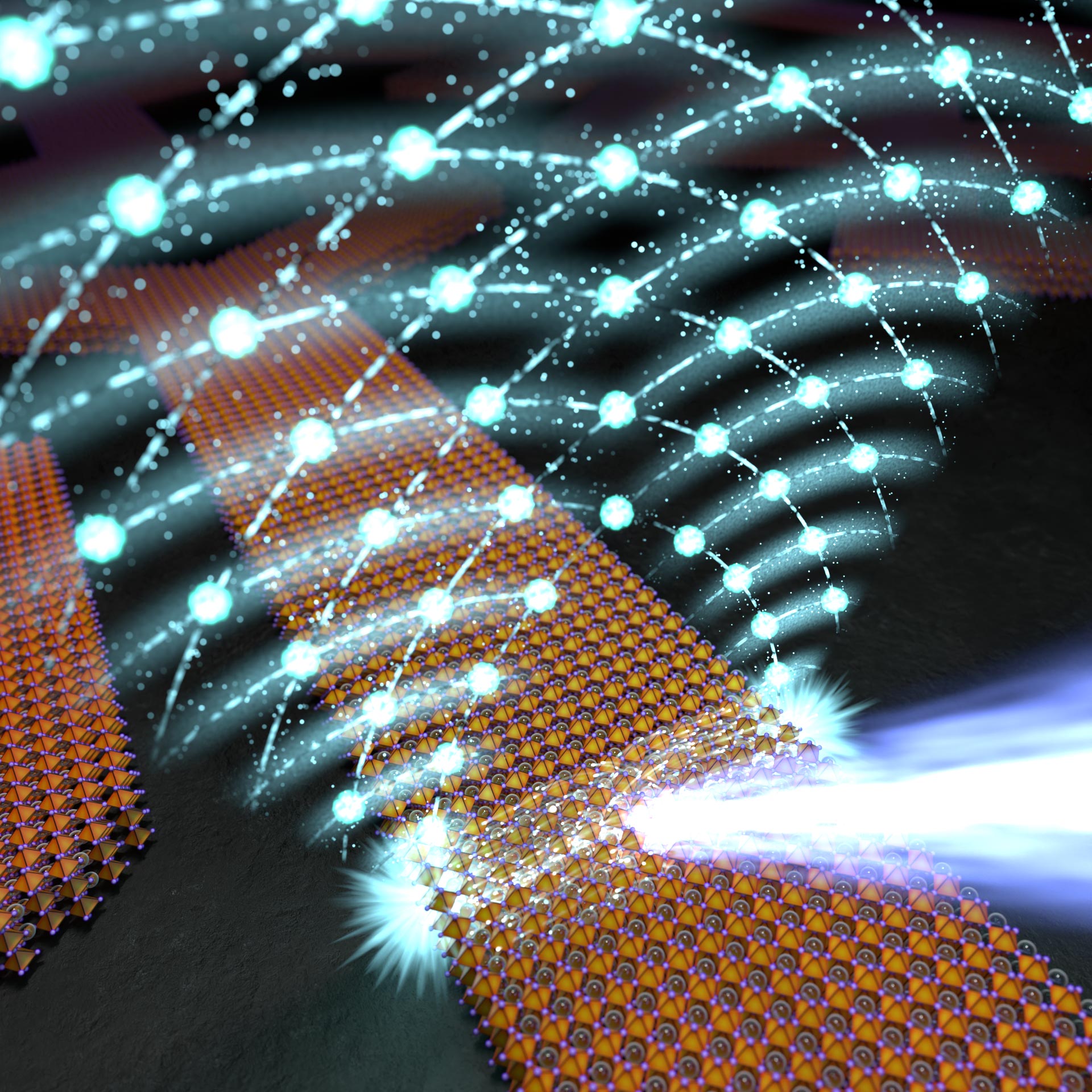Scientists have developed perovskite crystals that could revolutionize optical technologies by facilitating efficient room-temperature operations in devices essential for advanced signal processing.
Integrated photonic circuits operating at room temperature combined with optical nonlinear effects could revolutionize both classical and quantum signal processing. Scientists from the Faculty of Physics at the University of Warsaw, in collaboration* with other institutions from Poland as well as Italy, Iceland, and Australia, have demonstrated the creation of perovskite crystals with predefined shapes that can serve in nonlinear photonics as waveguides, couplers, splitters, and modulators.
The research results, published in the prestigious journal Nature Materials, describe the fabrication of these innovative structures and the edge lasing effect. In particular, this effect is associated with the formation of the condensate of exciton-polaritons, which are quasiparticles behaving partly like light and partly like matter.
Harnessing Perovskites for Enhanced Optical Applications
Professor Barbara Piętka from the Faculty of Physics at the University of Warsaw, one of the project’s initiators and responsible for the research process, emphasizes that “perovskites exhibit great versatility: from polycrystalline layers, nano- and micro-crystals to bulk crystals. They can be used in various applications, from solar cells to lasers.
“Some, such as the CsPbBr3 (cesium-lead-bromide) material we used, are also ideal DOI: 10.1038/s41563-024-01980-3
*Research conducted at the Faculty of Physics, University of Warsaw (UW) in collaboration with the Institute of Physics of the Polish Academy of Sciences (IFPAN), the Institute of Nanotechnology CNR-Nanotec in Lecce, Italy, the School of Physics at the














/https://tf-cmsv2-smithsonianmag-media.s3.amazonaws.com/filer_public/34/31/3431771d-41e2-4f97-aed2-c5f1df5295da/gettyimages-1441066266_web.jpg)






Discussion about this post